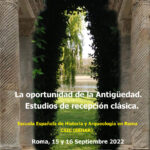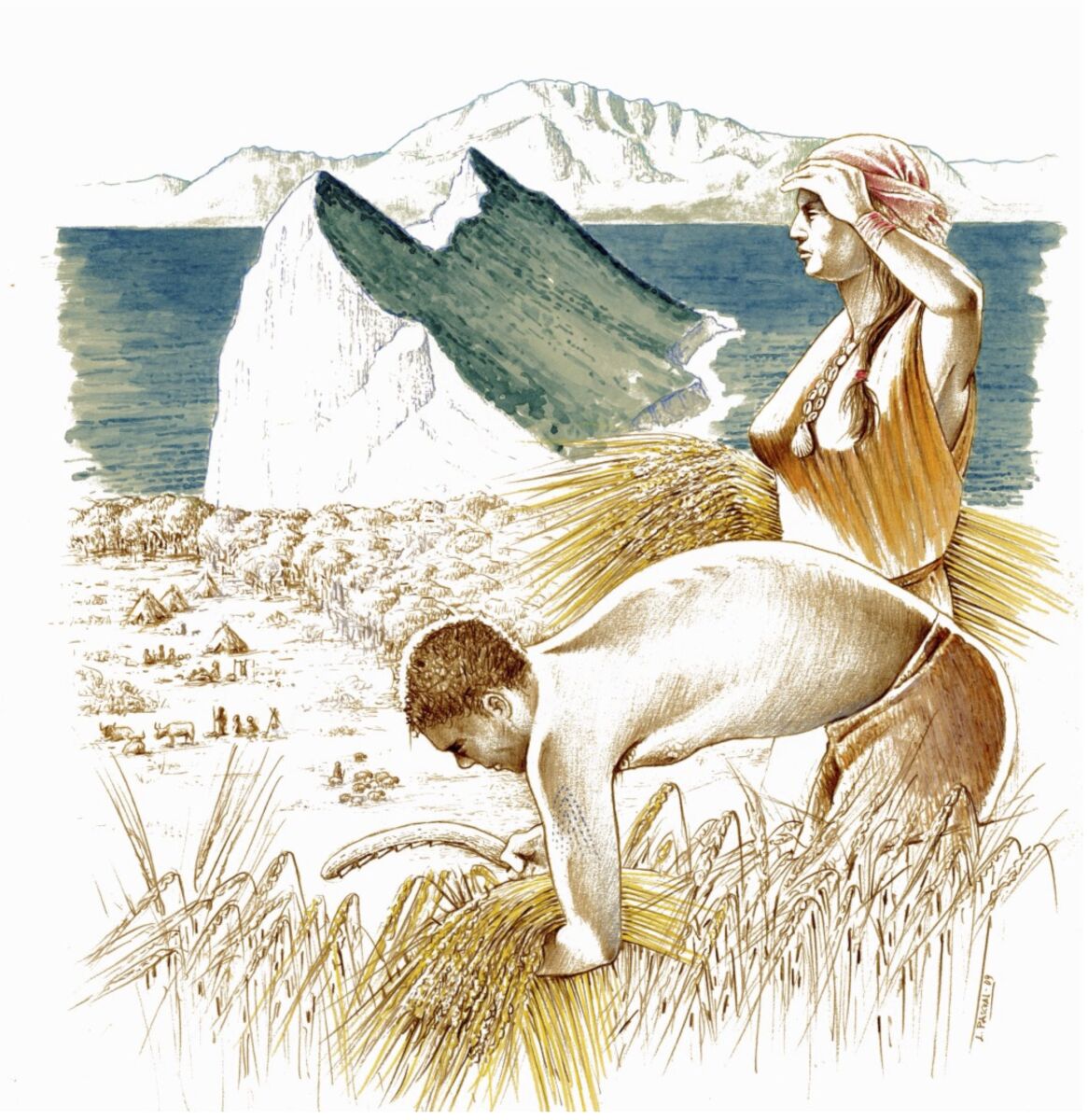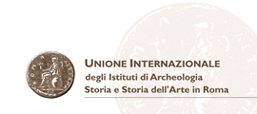Isotopic and DNA data have returned the question of mobility to the foreground of archaeological interpretation. However, for the European Neolithic at least, these biomolecular techniques have tended to support rather traditional interpretations of female mobility: namely that it is largely passive, and happens in the context of male power strategies. In this presentation, we use various sources of evidence to argue for a greater variety of mobility patterns for both sexes, and show that mobility remains central to a Neolithic way of life more generally. We also use the case study of the Early Neolithic Nitra cemetery in Slovakia to reflect on connections between kinship and mobility.

CONTACTAR
Via di Sant’Eufemia, 13
00187 Roma (Italia)
Teléfono: +39 06 83 88 39 00
Fax: +39 06 69 92 30 59
escuela@eehar.csic.es
CRÉDITOS
Aviso legal
Política de privacidad
Política de cookies
Desarrollo web planealia
Fotografías de Juan Carlos García Alía
y Luigi Filetici ©












